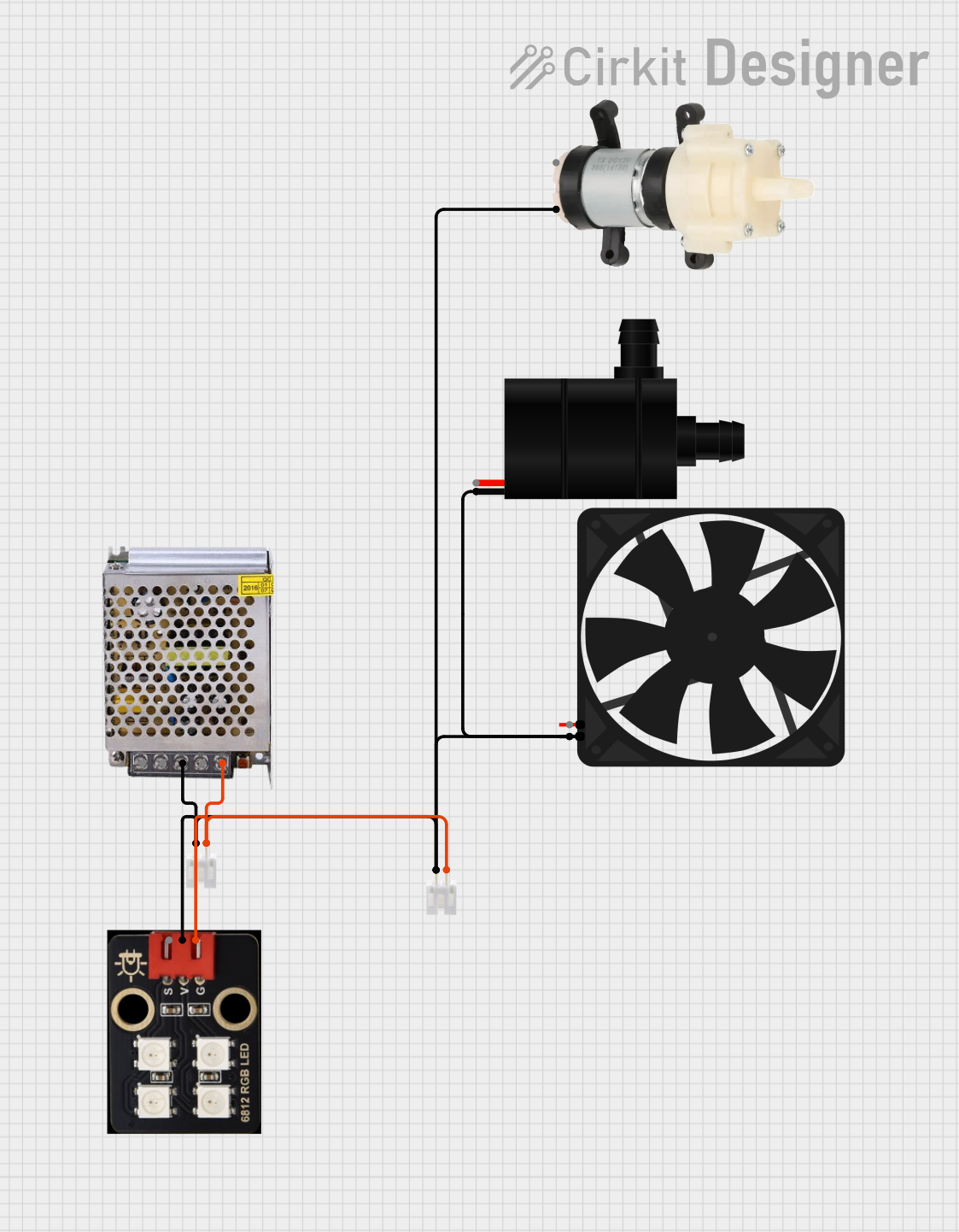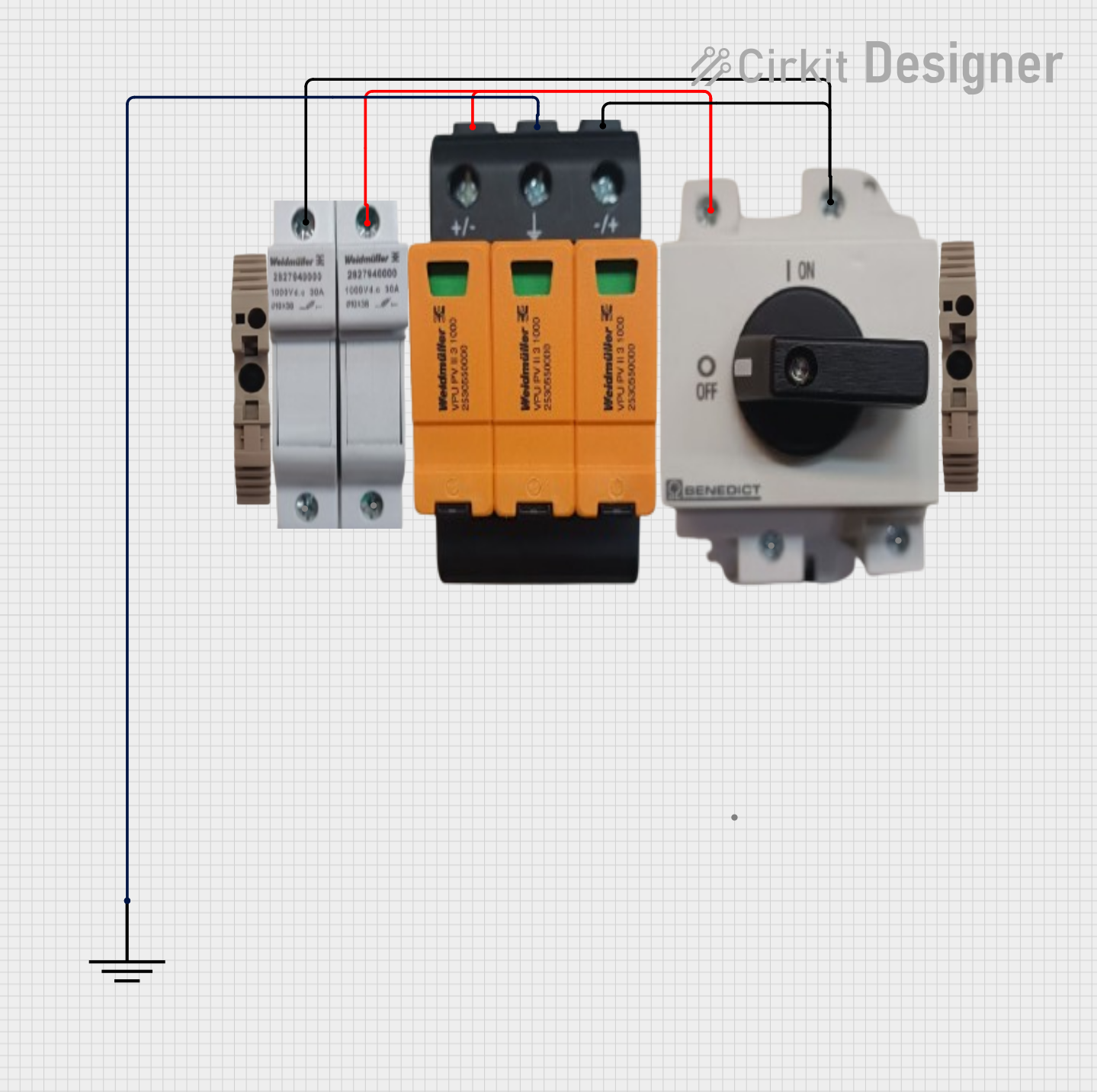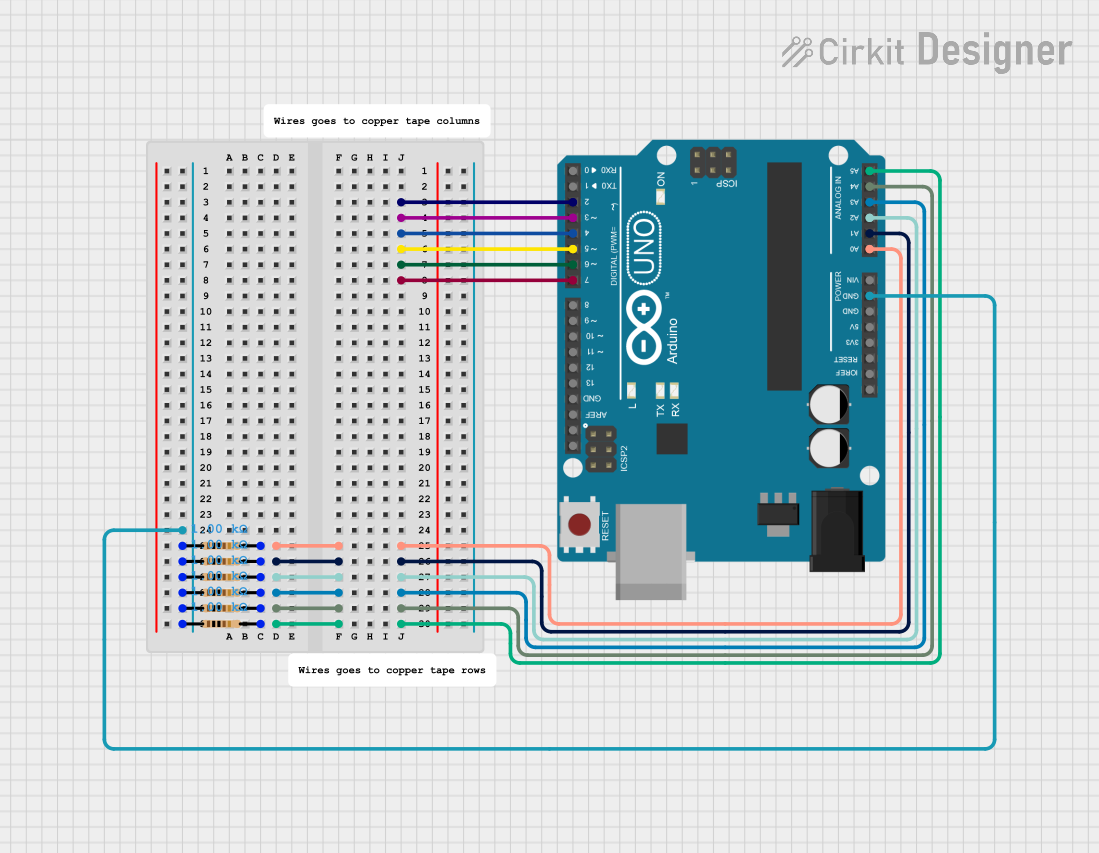
How to Use GND: Examples, Pinouts, and Specs

 Design with GND in Cirkit Designer
Design with GND in Cirkit DesignerIntroduction
The GND (Ground) pin, manufactured by XIAO, is a fundamental component in electronic circuits. It serves as the reference point for all voltage measurements and provides a common return path for electric current. Grounding is essential for ensuring circuit stability, minimizing noise, and protecting components from electrical faults.
Explore Projects Built with GND

 Open Project in Cirkit Designer
Open Project in Cirkit Designer
 Open Project in Cirkit Designer
Open Project in Cirkit Designer
 Open Project in Cirkit Designer
Open Project in Cirkit Designer
 Open Project in Cirkit Designer
Open Project in Cirkit DesignerExplore Projects Built with GND

 Open Project in Cirkit Designer
Open Project in Cirkit Designer
 Open Project in Cirkit Designer
Open Project in Cirkit Designer
 Open Project in Cirkit Designer
Open Project in Cirkit Designer
 Open Project in Cirkit Designer
Open Project in Cirkit DesignerCommon Applications and Use Cases
- Voltage Reference: Acts as the baseline for measuring voltages in a circuit.
- Current Return Path: Provides a path for current to return to the power source.
- Noise Reduction: Helps in reducing electrical noise and interference in circuits.
- Safety: Protects sensitive components by providing a discharge path for excess current.
Technical Specifications
The GND pin itself does not have specific electrical ratings, as it is a reference point rather than an active component. However, its implementation in a circuit depends on the following considerations:
General Characteristics
- Voltage Reference: 0V (ground potential)
- Current Handling: Dependent on the circuit design and PCB trace width
- Connection Type: Typically connected to the negative terminal of the power supply
Pin Configuration and Descriptions
The GND pin is commonly found on microcontrollers, sensors, and other electronic modules. Below is an example of its pin configuration:
| Pin Name | Description | Function |
|---|---|---|
| GND | Ground (0V reference point) | Common return path for current and voltage reference |
Usage Instructions
How to Use the GND Pin in a Circuit
- Connect to Power Supply: Ensure the GND pin is connected to the negative terminal of the power supply.
- Establish a Common Ground: When using multiple components, connect all GND pins to a single ground plane or wire to maintain a common reference point.
- Minimize Noise: Use a ground plane on the PCB to reduce electrical noise and improve signal integrity.
- Avoid Ground Loops: Ensure that all ground connections are made to a single point to prevent ground loops, which can cause interference.
Important Considerations and Best Practices
- Trace Width: Use wider PCB traces for ground connections to handle higher currents and reduce resistance.
- Star Grounding: For complex circuits, use a star grounding topology to connect all ground points to a single central node.
- Shielding: In high-frequency circuits, connect the shield of cables to the GND pin to reduce electromagnetic interference (EMI).
- Arduino UNO Example: When connecting components to an Arduino UNO, always connect their GND pins to the Arduino's GND pin to ensure a common reference.
Example: Connecting a Sensor to Arduino UNO
// Example: Connecting a sensor with GND to Arduino UNO
// Define the sensor pin
const int sensorPin = A0; // Analog pin A0 for sensor input
void setup() {
Serial.begin(9600); // Initialize serial communication
pinMode(sensorPin, INPUT); // Set sensor pin as input
}
void loop() {
int sensorValue = analogRead(sensorPin); // Read sensor value
Serial.println(sensorValue); // Print the value to the Serial Monitor
delay(500); // Wait for 500ms
}
/* Note:
- Ensure the sensor's GND pin is connected to the Arduino's GND pin.
- This establishes a common ground reference for accurate readings.
*/
Troubleshooting and FAQs
Common Issues Users Might Face
- Floating Ground: If the GND pin is not connected, the circuit may behave erratically or fail to function.
- Solution: Verify that all components share a common ground connection.
- Ground Loops: Multiple ground paths can create loops, leading to noise and interference.
- Solution: Use a single-point grounding system to eliminate loops.
- Insufficient Trace Width: Thin ground traces may overheat or cause voltage drops in high-current circuits.
- Solution: Use wider traces or a dedicated ground plane for high-current applications.
FAQs
Q1: Can I connect multiple components to the same GND pin?
A1: Yes, multiple components can share the same GND pin, as long as the connections are properly designed to avoid ground loops and ensure sufficient current handling.
Q2: What happens if I don't connect the GND pin?
A2: Without a GND connection, the circuit will lack a reference point, leading to erratic behavior or complete failure.
Q3: How do I reduce noise in my circuit using GND?
A3: Use a ground plane on the PCB, minimize the length of ground traces, and avoid creating ground loops.
Q4: Is the GND pin always at 0V?
A4: Yes, the GND pin is considered the 0V reference point in a circuit. However, improper connections or high currents can cause slight voltage differences due to resistance in the ground path.
By following these guidelines and best practices, you can ensure reliable and efficient use of the GND pin in your electronic projects.